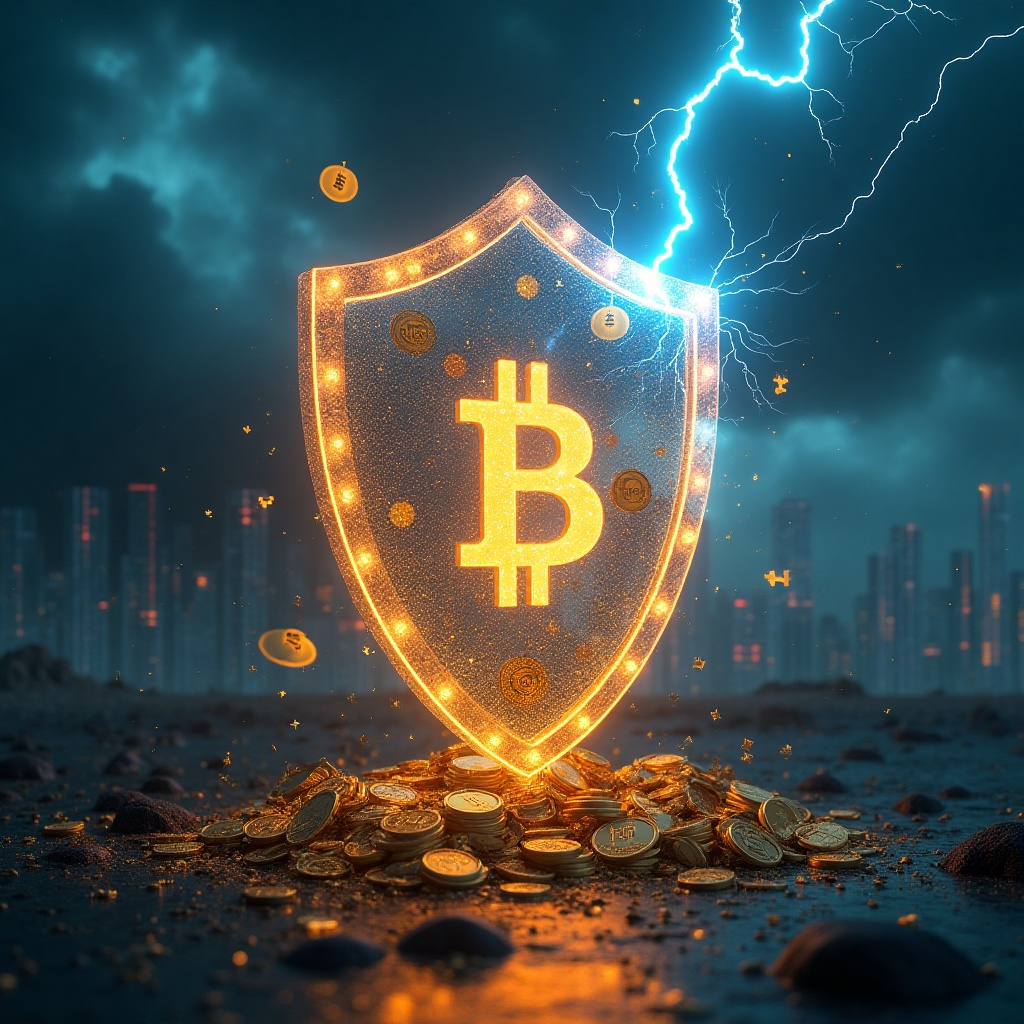Why NFT Fraud Prevention Matters
In 2024, NFT scams are not just possible—they’re probable. Reports indicate that NFT fraud surged by 20% year-over-year, with losses exceeding $1.2 billion in the first half of 2024 alone. Behind these numbers are real people: retirees, artists, and collectors who faced devastating financial and emotional losses. The NFT space thrives on creativity and decentralization, but scammers exploit both, weaponizing fear of missing out (FOMO) and blockchain complexity. However, forensic tools—many free and user-friendly—empower you to verify authenticity, trace history, and avoid scams. This guide equips you to separate diamonds from dust.
Common NFT Scams to Watch For
- Rug Pulls: Developers abandon projects after fundraising, leaving investors with worthless assets. Red flags include anonymous teams, vague roadmaps, and unlocked liquidity.
- Phishing Schemes: Fake websites or DMs trick users into surrendering private keys. Spot mismatched URLs, grammar errors, and unsolicited messages.
- Counterfeit NFTs: Stolen or AI-cloned art sold as “original.” Verify creator wallets and provenance via blockchain explorers.
- Pump-and-Dump Schemes: Artificial hype inflates prices before insiders cash out. Watch for sudden influencer shilling and inorganic social media trends.
- Fake Marketplaces: Clones of platforms like OpenSea drain wallets. Always bookmark legitimate sites and check SSL certificates.
Blockchain Basics for Verification
Blockchain is an immutable ledger where every NFT transaction is permanently recorded. Key concepts:
- Provenance: Trace an NFT’s history using its token ID and contract address. An NFT claiming to be “historic” with a 2023 mint date is likely fake.
- Smart Contracts: ERC-721 and ERC-1155 standards govern NFTs. Avoid unverified contracts or those allowing post-mint metadata changes.
- Metadata: Stored on decentralized networks like IPFS. Centralized hosting (e.g., AWS) risks artwork disappearing.
- Wallet Addresses: Match creator wallets to their publicly known addresses. A “Banksy NFT” minted from an anonymous wallet is a red flag.
Forensic Tools to Verify NFT Authenticity
- Blockchain Explorers:
- Etherscan (Ethereum), Solscan (Solana), and Polygonscan (Polygon) reveal contract details, transaction history, and holder distribution.
- Plagiarism Detection:
- Google Reverse Image Search spots stolen art. Tools like NFT Inspect scan marketplaces for duplicates.
- Smart Contract Auditors:
- CertiK and Hacken audit contracts for vulnerabilities. Avoid projects with “Critical” or “Major” unresolved issues.
- Wallet Analysis Tools:
- Arkham Intelligence tracks suspicious wallet activity (e.g., devs dumping tokens). Nansen identifies bot-driven trading patterns.
- Metadata Verification:
- Confirm IPFS or Arweave hashes match the NFT’s metadata. Centralized URLs risk broken links.
- Community-Driven Platforms:
- Discord and NFT review sites like NFT Drops highlight vetted projects. Avoid servers banning security questions.
Step-by-Step Verification Checklist
- Contract Check: Verify the contract address on Etherscan. Ensure it’s audited and immutable.
- Creator Validation: Cross-reference the minting wallet with the artist’s public address.
- Image & Metadata Audit: Use reverse image search and IPFS gateways to confirm authenticity.
- Audit Trail: Demand third-party audit reports. Reject projects with unresolved critical risks.
- Community Sentiment: Check Discord and Twitter for organic engagement—not hype bots.
Case Studies: Lessons from High-Profile Scams
- The Frosties Rug Pull (2022): Developers vanished with $1.3 million. Forensic tools traced funds to KuCoin, but recovery failed. Lesson: Avoid projects where devs control liquidity.
- 2024 Fake Bored Ape Listings: Scammers cloned OpenSea, selling counterfeit NFTs. Etherscan would have exposed the fake contract.
- Success Story: A collector used Arkham Intelligence to link a hyped project’s wallet to phishing addresses, averting disaster.
Advanced Tips for Seasoned Collectors
- Gas Fee Analysis: High gas fees during “hot” phases often signal wash trading. Use Dune Analytics to spot manipulation.
- On-Chain Analytics: Check holder concentration and minting patterns. Avoid projects where few wallets dominate supply.
- Decentralized Identity (DID): Tools like SpruceID and ENS names add legitimacy. Anonymous teams with no audits are risky.
Best Practices for Safe NFT Transactions
- Use Hardware Wallets: Ledger or Trezor keeps keys offline, blocking phishing.
- Enable 2FA: Protect marketplaces and email accounts.
- Avoid FOMO: Sleep on purchases. Most “hot” projects crash faster than they rise.
- Verify Links: Bookmark trusted sites. Never click Google Ads or DMs.
Future Trends in NFT Fraud Prevention
- AI-Powered Detection: Tools like Pocket Universe block malicious transactions pre-approval.
- Regulatory Shifts: MiCA mandates KYC for EU platforms, forcing transparency.
- Decentralized Courts: Platforms like Kleros let communities dispute scams publicly.
- Zero-Knowledge Proofs (ZKPs): Verify ownership without exposing wallets.
- On-Chain Reputation: ARCx scores wallets, filtering out risky sellers.
Stay Vigilant, Stay Informed
NFT fraud prevention hinges on ownership—of your choices, security, and due diligence. Verify contracts, audit relentlessly, and evolve with the landscape. The space reflects both greed and ingenuity. Your role is to stand guard, wallet secure, eyes open.





